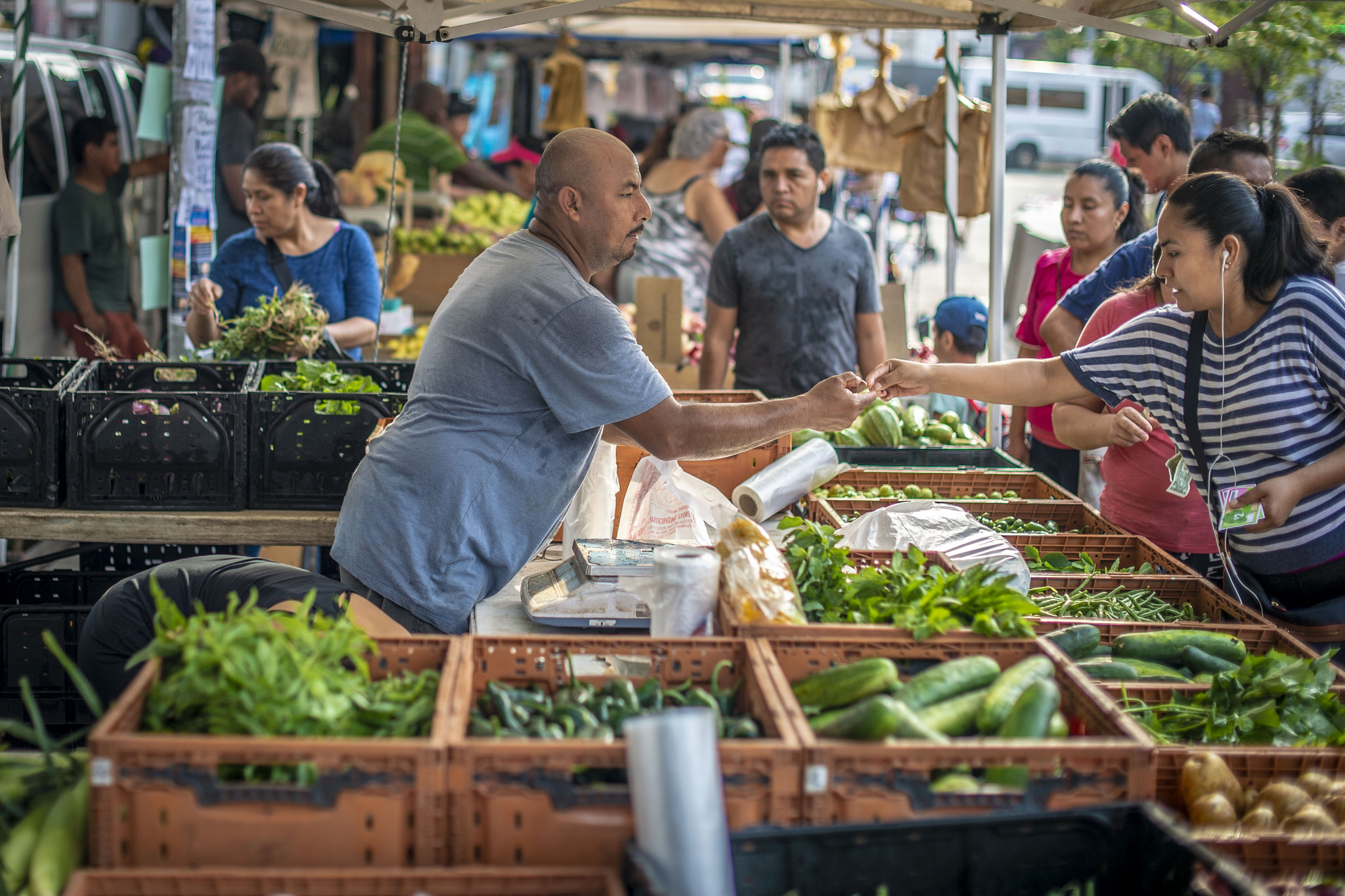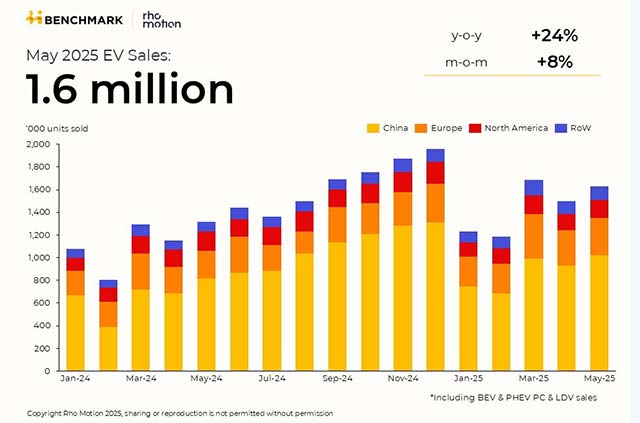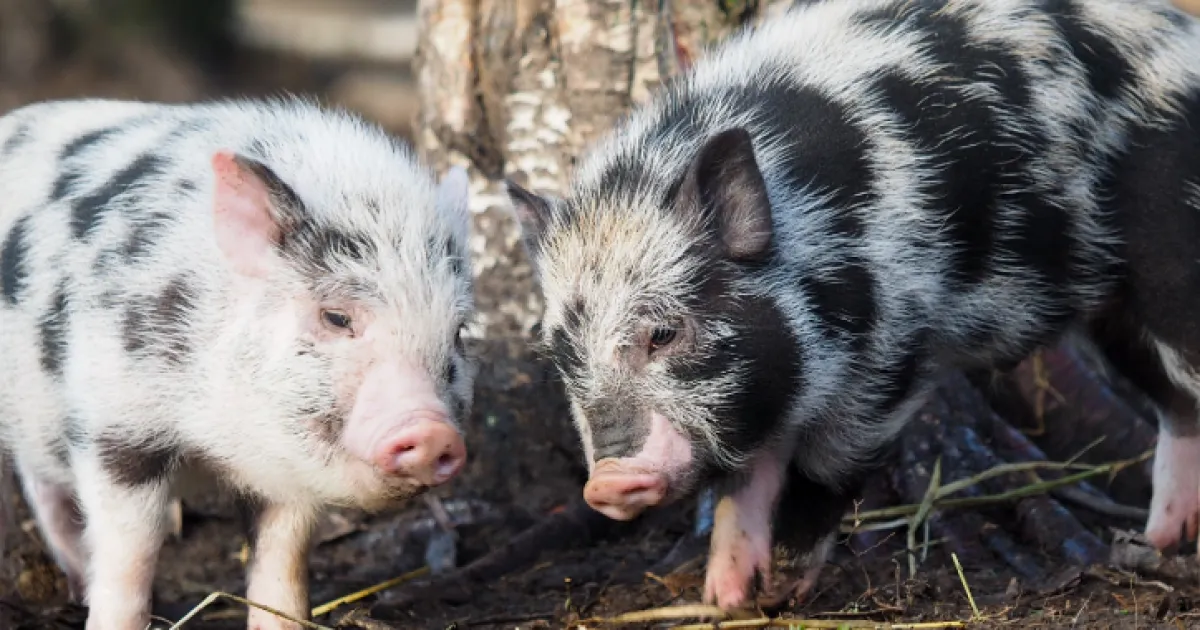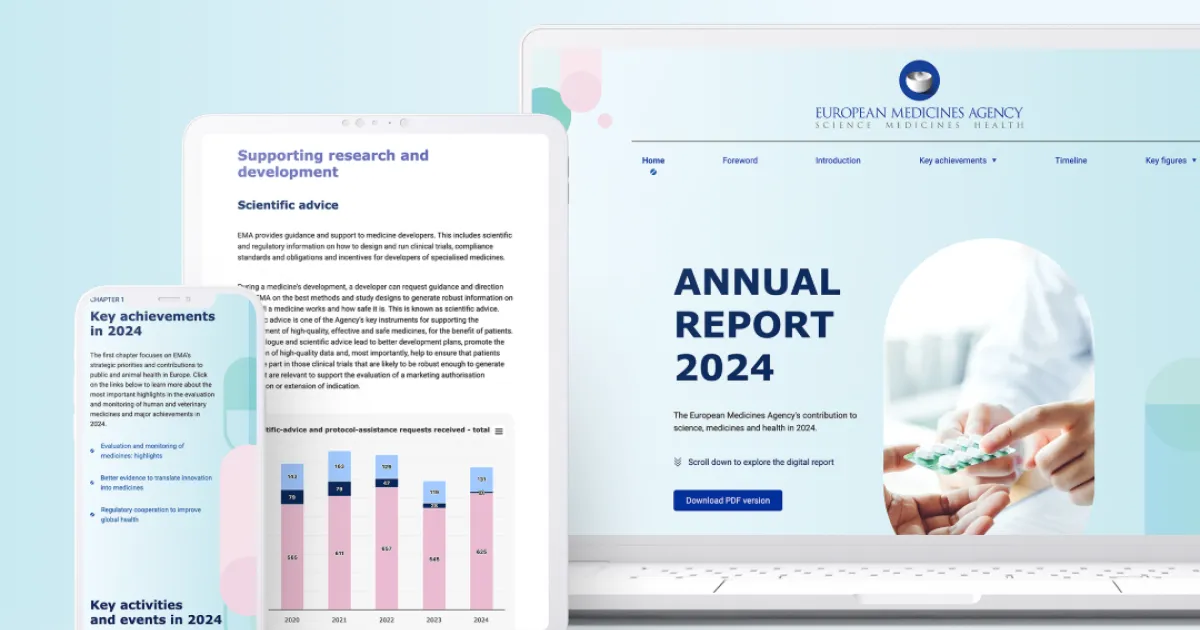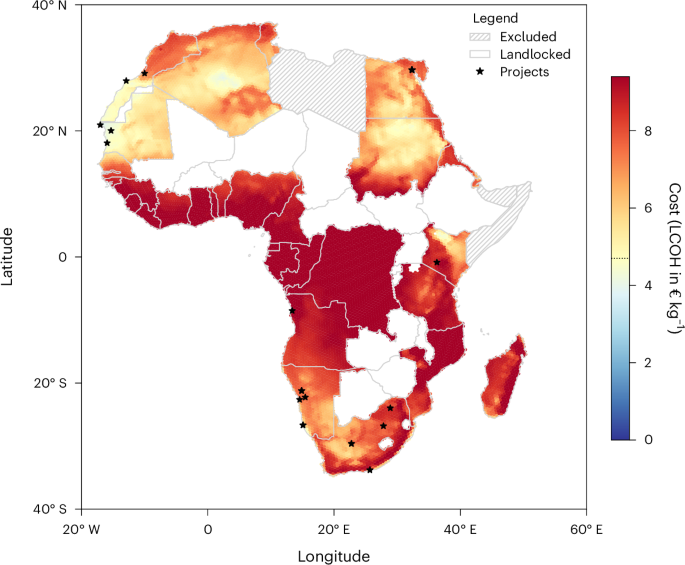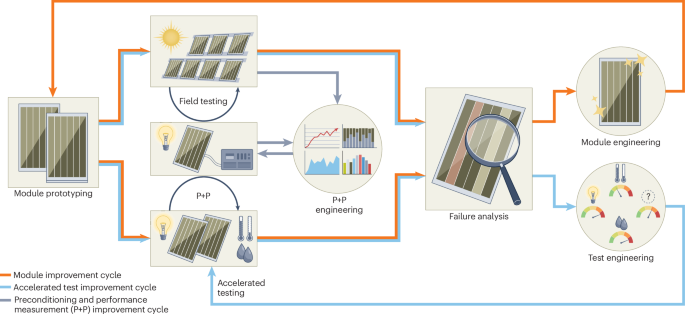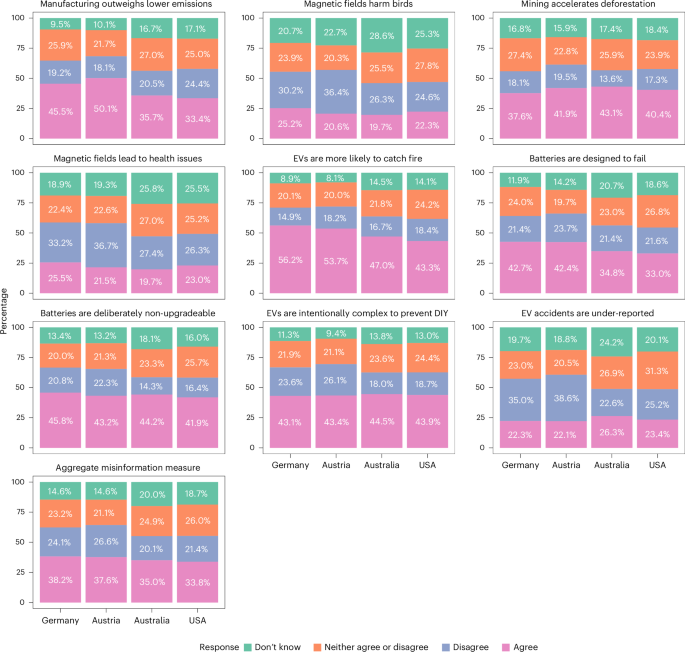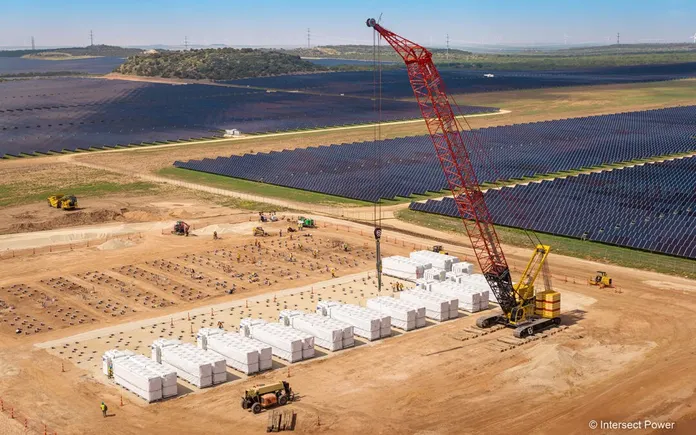Whole-Farm Revenue Protection Analysis: New Enrollments Reveal Path Forward
This year marks the tenth anniversary of Whole-Farm Revenue Protection (WFRP), a novel insurance product that offers farmers nationwide the option to insure the revenue of their entire operation, including crop, livestock, and nursery production, under a single policy. WFRP also rewards adoption of business practices that reduce risk with its premium discount for crop […] The post Whole-Farm Revenue Protection Analysis: New Enrollments Reveal Path Forward appeared first on National Sustainable Agriculture Coalition.


This year marks the tenth anniversary of Whole-Farm Revenue Protection (WFRP), a novel insurance product that offers farmers nationwide the option to insure the revenue of their entire operation, including crop, livestock, and nursery production, under a single policy. WFRP also rewards adoption of business practices that reduce risk with its premium discount for crop and enterprise diversification.
These features make WFRP the ideal insurance product for a wide range of farms including small and mid-sized farms, which are more likely to be multi-crop, direct-market systems. Just nine percent of farms with less than 50 acres are insured at a time when financial volatility and unpredictability of weather events makes access to a safety net more important than ever.
In this blog, the National Sustainable Agriculture Coalition (NSAC) analyzes the latest data in WFRP enrollment and coverage, revealing a heartening trend that recent improvements to WFRP are leading to steady gains. This is followed by several recommendations to propel this momentum, featuring needed improvements to both WFRP and the complementary Noninsured Crop Disaster Assistance Program (NAP).
National Enrollment is Up
The number of farmers enrolled in a WFRP plan rose to 2,256 in 2024 – the second highest participation in the program since 2018. Prior to 2024, WFRP enrollment had fallen from its peak by almost 35 percent in 2022, at 1,821 policies sold. Two years of increasing policy sales suggest that the bump in 2023 was not an anomaly, but the beginning of a new and favorable trend for the program.
322 more farmers enrolled in WFRP in 2024 than in 2022, counting both normal WFRP policies and Micro Farm policies. If this pattern of growth continues, WFRP is on track to break the sales record set in 2017 (2,833 sales) within two years.
Figure 1: WFRP and Micro Farm Policies Sold by Year
The uptick in enrollment is due to several improvements stewarded by USDA in recent years. First, USDA made programmatic improvements to remove some of the most common barriers to access. The Risk Management Agency (RMA) created the new Micro Farm option in 2022, which streamlines paperwork via the removal of burdensome expense report requirements and extends coverage to include post-production and value-added costs. The blog includes more information on the performance and changes to Micro Farm below.
Among other changes RMA later removed the expense report requirement for all WFRP policyholders, not just those enrolling in Micro Farm. Expense reporting previously required farmers to produce receipts for all transactions within a year, among other records, a standard which does not align with the records that many small farmers keep – especially not those selling directly to consumers at farmers’ markets or farm stands.
In addition, USDA began to invest in more active promotion of WFRP and Micro Farm in 2023. That year, the so-called “Roadshow” educated 17,500 farmers, crop insurance agents, and other attendees about the program with a series of virtual and in-person workshops. The latest move was to create a registry of crop insurance agents open to sell WFRP policies, organized by state. Finding an agent willing to sell WFRP policies is one of the most persistent challenges that prevent farmers from enrolling in federal crop insurance.
Liabilities and Losses
In 2024, WFRP covered more insurable revenue than in any previous year at $2.96 billion. A significant portion of that accelerated growth is most likely attributed to the enrollment of more farms with higher value, including larger farms. The growth correlates with RMA’s decision to increase the maximum insurable revenue for WFRP from $8.5 million to $17 million. That change went into effect in 2023, allowing more farms to participate in the program.
Figure 2: WFRP Policies Sold and Liabilities by Year
Source: USDA, RMA Summary of Business
In 2023, the program issued more indemnity payments to farmers that made claims than any year prior: $21.1 billion. Because farmers collectively paid $13.6 billion in premiums to enroll in WFRP, the program operated at a “loss ratio” of 1.55. This metric is used to determine whether the Federal Crop Insurance Program, and individual policies therein, are “actuarially sound”; a loss ratio of 1.0 reflects a breakeven point, where indemnities equal the amount of money farmers pay in premiums to enroll.
Loss Ratio = (Losses Due to Claims / Total Premium Earned) x 100
RMA is statutorily required to maintain the actuarial soundness of the Federal Crop Insurance Program. That means that the average loss ratio must be at or below 1.0 on a 10-year average. This balance guarantees that enough funds will be available to issue payments in years of extreme loss.
Figure 3: WFRP Loss Ratio by Year
Source: USDA, RMA Summary of Business
At 1.55, WFRP’s high loss ratio in 2023 is most comparable to 2019. That year, NSAC determined the loss ratio was due in large part to heightened losses in Washington state. That’s because 34 percent of all WFRP policies that year were sold and serviced in Washington, and its individual loss ratio at 2.13 was a heavily weighted outlier.
It appears that the loss ratio may again be attributed to the weight of individual states. With 705 policies sold (33 percent of the national total), Washington’s apple growers continue to lead in WFRP enrollment. Its loss ratio of 2.75 was once again a weighted outlier influencing the national average. For its part, California – the state with the second-highest enrollment in 2023 – exhibited a loss ratio just above the breakeven point, at 1.23, which coincides with the floods which inundated the Central Valley that year.
Figure 4: Average Loss Ratio 2015-2025 by Policy Type
Source: USDA, RMA Summary of Business
Ultimately, the average loss ratio of WFRP is in relative alignment with multi-peril crop insurance programs. Its comparatively small size makes it more susceptible to wide swings than other insurance programs. To illustrate, 1,850 WFRP policies were sold in 2023, compared to 271,244 Yield Protection policies, 155,538 Actual Production History policies, and 1.56 million Revenue Protection policies. The Law of Large Numbers suggests that greater participation in WFRP beyond Washington would neutralize the impact of sudden regional spikes on the program’s overall loss ratio.
Closer Look at Micro Farm
The Micro Farm option has emerged as a key to expanding WFRP enrollment in recent years. First created by RMA in 2022, Micro Farm was initially only available to farms with less than $100,000. The option streamlines paperwork via the removal of burdensome expense report requirements and offers additional coverage for value-added production and transportation.
Targeting only true “micro” farms, just 26 policies were sold in its inaugural year. The eligibility ceiling was too low for a majority of small and mid-sized producers, even though such barriers were just as, if not more, salient for these farmers. Responding to producer needs, RMA expanded the eligibility ceiling in 2023 to include farmers with a gross revenue up to $350,000, which incorporates all “small” farms as defined by USDA.
Figure 4: Micro Farm Policies Sold by Year
Micro Farm enrollment leapt from 26 to 136 within just two years. Presently, that participation is most concentrated in Michigan, with 69 policies sold in 2024. The Micro Farm option requires less paperwork from both farmers and crop insurance agents, while adding coverage for post-production expenses that are especially pivotal for direct-marketing farm businesses.
Notably, RMA’s decision to eliminate the requirement for expense reports within Micro Farm became a proof-of-concept that enabled the agency to extend that to the rest of WFRP in 2024.
State Breakdown
First glance at the map below reveals that Washington state is the point of origin for most WFRP policies sold since 2015. Zooming out, WFRP is most popular in the Pacific Northwest and surrounding region generally, with 13,639 sold collectively between Washington (7,211), Idaho (1,971), California (1,746), Oregon (1,046), Montana (618), and Colorado (1,047). Many of these states have a high degree of specialty crop production and niche markets. For this reason, it follows that Florida (968), North Carolina (881), and Michigan (850) are also among the states with higher-than-average WFRP enrollment.
Figure 5: WFRP Policies Sold 2015-2024
The relative lack of WFRP enrollment nationwide visually conveyed in this map does not reflect ineligibility or even disinterest; just about any farm with at least three years of revenue history and less than $17 million in liabilities may be technically eligible for WFRP. Instead, it reflects that some barriers continue to keep WFRP from becoming an accessible and worthwhile program for the small, multi-crop, and direct-marketing farmers whose unique business structures are best suited for WFRP.
What’s Next for WFRP?
The improvements to WFRP stewarded by RMA in recent years have reversed the trend of declining enrollment. They are a roadmap to what should be done to continue streamlining access, which is necessary to protect more American farmers from increasingly unpredictable weather and markets.
Recommendations to continue building upon the success of WFRP include:
- Expand Micro Farm eligibility to include all mid-sized farms with a gross revenue up to $1 million, as recommended in a contracted RMA report as well as the 2018 Farm Bill.
- Reform arbitrary limits to coverage, including the limit that only insures expansion of a farm up to 35 percent and leaves small, rapidly expanding farms underinsured. In addition, options are needed to calculate indemnities as historic revenue, lest bad years weigh historic averages.
- New compensation bonuses and metrics for crop insurance agents to encourage selling WFRP to non-insured farmers, in addition to annual updates to the list of agents selling WFRP policies.
- Improve NAP, as the only insurance-like product available to farmers with less than three years of history, to offer revenue-based coverage for participants and to offer an “on-ramp” for transition to WFRP enrollment once the necessary history is acquired.
The Whole-Farm Revenue Protection Program Improvement Act, introduced in June 2023 by former Senator Sherrod Brown (D-OH), included many of these provisions. They were included in former Chairwoman Debbie Stabenow (D-MI)’s Rural Prosperity and Food Security Act in late 2024. Most recently, Rep. Johana Hayes (D-CT-5), joined by her colleagues representing the state of Connecticut, re-introduced the Save Our Small Farms Act, which includes all the above provisions to improve both WFRP and NAP.
In closing, NSAC maintains that WFRP and NAP are the programs best positioned to reach non-insured farmers, including small to mid-sized, specialty crop, and multi-crop farms that sell to local and regional markets. We will continue to advocate for the improvements outlined above with USDA and members of Congress who are committed to keep farmers on the land.
The post Whole-Farm Revenue Protection Analysis: New Enrollments Reveal Path Forward appeared first on National Sustainable Agriculture Coalition.






